Hoover’s early career
Herbert Clark Hoover, America’s 31st president, was a politician and engineer. He held the presidential office from 1929 to 1933, and he belonged to the Republican party. The Onset of the Great Depression welcomed his presidential reign.
He was preceded by Calvin Coolidge and succeeded by Franklin D. Roosevelt. Hoover was the leader of the Commission for Relief in Belgium when it helped people after World War I.
He was also director of the US Food Administration, which helped people during World War I. He also became Secretary of Commerce when he served under President Harding.
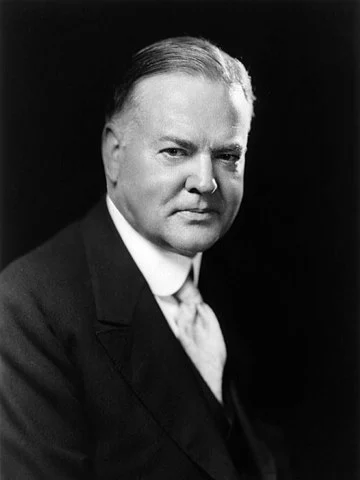
Roosevelt’s career
Franklin Delano Roosevelt was the 32nd president of the United States from 1933 until he died in 1945. He got his political inspiration from his fifth cousin, President Theodore Roosevelt. He won election to the New York Senate in 1910 and became an Assistant Secretary of the Navy. He kept on elevating to become the Democratic nominee for Vice President in 1920. In 1928, Roosevelt became Governor of New York. He was elected President in November 1932 and got re-elected for his second term in 1936 [Source].
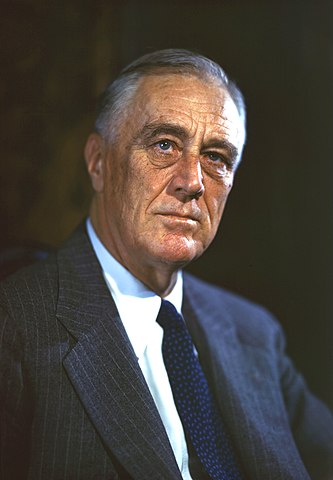
New Deal
Roosevelt is known for his ‘New Deal’ programs aimed at improving the livelihood of Americans. According to Wikipedia, “The New Deal was a series of programs, public work projects, financial reforms, and regulations enacted by President Franklin D. Roosevelt in the United States between 1933 and 1939” [Source]. Under this deal, several federal programs and agencies were rolled. These included the Civilian Conservation Corps, the Civil Works Administration, the Farm Security Administration, the National Industrial Recovery Act of 1933, and the Social Security Administration.
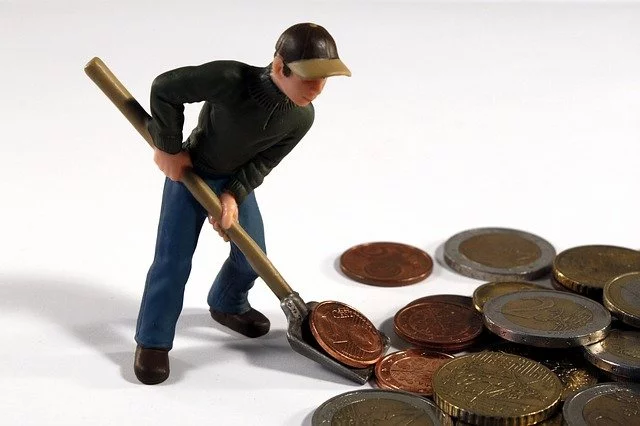
Through such initiatives, FDR wanted to help farmers, the young generation, and the elderly population. The New Deal was an economic program created in response to the Great Depression, which caused financial turmoil in the US. It was based on “3 R’s,” which were outlined as:
- Relief for the unemployed and for the poor
- Recovery of the economy back to normal levels,
- and reform of the financial system to prevent a repeat depression.
Through the New Deal, FDR achieved a lot in America, and his accomplishments are linked to growing the country. Historians also noted that “The New Deal reshaped the country. Americans still rely on its works for transportation, electricity, food control, housing, and community amenities.” [Source]
Vietnam War
The Vietnam War of 1954 to 1975 was between the communist government of North Vietnam and the government of South Vietnam that is major ally was the US. It was intensified by the friction between the Americans and the Soviet Union and the effects of the Cold War.
He passed on with his ideas of Vietnam before ensuring their implementation. FDR was not interested in fighting the Vietnam War. His vision for Vietnam was “It should be a trusteeship, governed by the new United Nations, and not a colony, governed by France.” [Source].
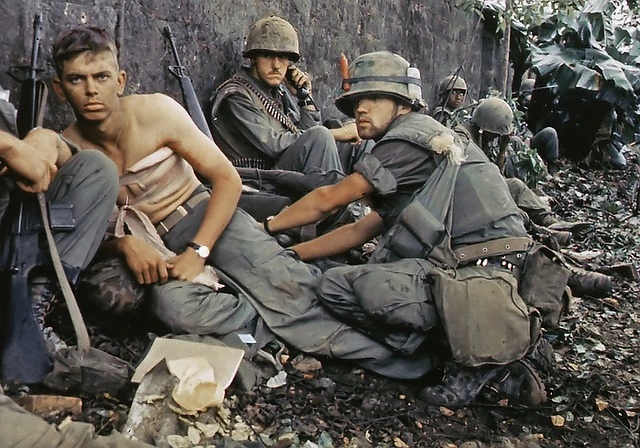
Hoover shared the same sentiments with FDR on Vietnam. He condemned “American involvement in the Korean and Vietnam wars [Source].
The Vietnam War ended when South Vietnam surrendered to North Vietnam. This was followed by a unification process in the next year, resulting in the whole country being a communist entity.
Responses to the Great Depression
The Great Depression was a period of an economic downturn in the 1930s. It was intensified by the stock market crash of October 1929, drought, and bank failures. The depression plunged people into poverty, some were left homeless, and hardships became the norm.
The roots of the Great Depression welcomed Hoover as he assumed the presidential office. He garnered support for volunteerism or individual voluntaryism. Whereby those who were privileged enough would help people in need. The president encourages the wealthy to help poor people and charities that volunteer. They managed to give out clothes, money, and food stamps to starving masses in America [Source].
He enacted the humanitarian spirit and strongly believed in American individualism. He stated that “hard work brought its rewards.” In his efforts, “Throughout the Great Depression, he donated an average of $25,000 annually to various relief organizations to assist in their efforts.

Hoover influenced Americans to have a positive mind when dealing with an economic crisis. The philosophy of humanitarianism was his primary drive in reviving peoples’ welfare. Furthermore, he helped raise $500,000 in private funds to support the White House Conference on Child Health and Welfare in 1930″.
Roosevelt is applauded for being a conscious economic president. He managed to craft an economic program that elevated people’s lives. For FDR, Americans’ survival through the Great Depression was embedded in the New Deal Program.
He planned on “putting Americans back to work through Federal activism. New Federal agencies attempted to control agricultural production, stabilize wages and prices, and create a vast public works program for the unemployed” [Source].
“By 1939, the New Deal had run its course. In the short term, New Deal programs helped improve the lives of people suffering from the events of the depression. In the long run, New Deal programs set a precedent for the federal government to play a key role in the economic and social affairs of the nation” [Source].
Hoover’s presidency
Herbert Hoover’s reign was from 1929 to 1933, and this shows how his presidency was amidst the Great Depression wave. His term “was notably marked by the stock market crash of 1929 and the beginnings of the Great Depression”. Hoover amassed fame among his peers and citizens for humanitarian efforts [Source]. He helped trapped foreigners and assisted Americans stranded in Europe when World War 1 began.
Roosevelt’s presidency
FDR’s reign made notable waves in the political arena due to his New Deal economy program. FDR is remembered for his experimental techniques in trying to revive businesses and the agriculture sector [Source].
Roosevelt’s misconduct is linked to his plan of “court-packing” attempt on 5 February 1937. He was defensive to make the US Supreme Court efficient by adding more judges to the bench. He wanted an addition of six justices, and he was willing to carry out that expansion [Source]. But critics argue that he wanted to aid his New Deal in response to the effects of the Great Depression.
“Mr. Roosevelt’s real objective is to make the Supreme Court amenable to his will, either by forcing form that tribunal some of those who have disagreed with him, or by permitting him to offset their votes with men of his choosing,” as argued by Washington Post columnist Franklyn Waltman [Source]. Roosevelt’s reputation as a good leader decreased because of the court-packing case.
Roosevelt “formed the New Deal, a recovery, relief, and reform program to counteract the depression” [Source]. He influenced America’s victory during World War II. Roosevelt made the government bigger and tried to fix the economy.
Spending comparison
Hoover exerted effort in decreasing federal spending and increased taxes, and his major plan was to have a balanced budget [Source]. With “Rugged Individualism,” it became difficult for Hoover to expand government involvement in the economy.
His successor FDR spent about $856 billion (almost $1 trillion) towards the New Deal [Source]. During his presidency, “decreased tax revenue and spending on social programs during the Great Depression increased the debt, and by 1936, the public debt had increased to $33.7 billion, approximately 40% of GDP”. This increased federal spending and budget deficits.
Hoover toned down on spending and increased taxes. Roosevelt also cut spending in 1937, but his new deal increased federal spending.
Economical Comparison
Hoover’s economic policy envisaged the federal, commercial, and labor sectors cooperating for prosperity. He generally opposed a direct role for the federal government in the economy”. He thought that capitalism would self-correct. Financial help would make people stop working, and business prosperity would come down on the individual. He failed to end the depression, which caused his defeat by Roosevelt and his new deal.
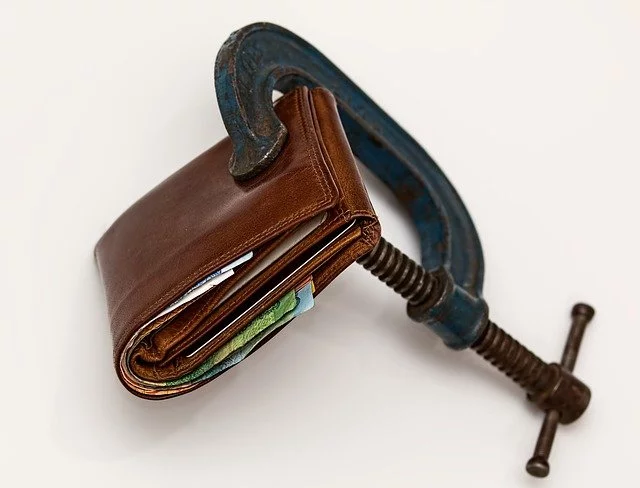
FDR focused more on helping unemployed people, reviving the economy, and reforming the financial system. His plans were a web that aimed at including all aspects that were problematic in the US.
“Hoover believed that depression relief should come from state and local governments and agencies. Roosevelt believed that the depression required strong action and leadership by the federal government” [Source].
Other Things
President Hoover showed prowess in charity work through humanitarian activities. His gospel on helping each other spread among citizens, and he led by example through donating his salary to charity. Many starving people during the World Wars were fed by the president’s hand.
President FDR pinned all his hopes on a well-oiled federal government. He believed that a well-stationed administration could save America from the Great Depression. Intense government intervention into the economy was his plan, and such an initiative would put all economic players in check.
Hoover failed to control unemployment levels. By the time he left office with an unemployment rate of 25%. Roosevelt reduced it to 16%, and he left office with the rate at 1,6% [Source].
FDR is regarded as having a much more robust government than his predecessor between these two leaders.






































